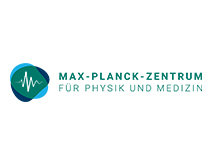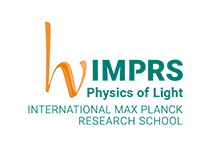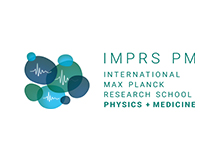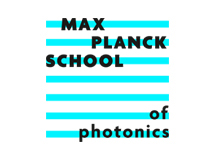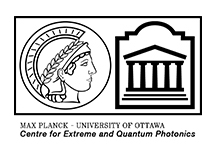Research
The Russell Division worked on scientific applications of photonic crystal fibre (PCF), first proposed by Philip Russell in 1991. His group at the University of Bath reported the first example of a working PCF in 1996 GoogleScholar. Since then many groups worldwide have become active in developing PCF and exploiting its many scientific and commercial applications. The Division carried out a wide range of experiments making use of the remarkable opportunities offered by PCFs. These include ultrafast nonlinear dynamics in gas-filled hollow-core PCF, optomechanical effects in nano-scale glass structures, studies of optical vortices in chiral PCF and laser propulsion and manipulation of microparticles in hollow-core PCF. The work on gas-filled hollow-core PCF resulted in a range of unique ultraviolet light sources that were commercially developed by the MPL spin-out company Ultralumina, which was acquired by ASML in 2021.

